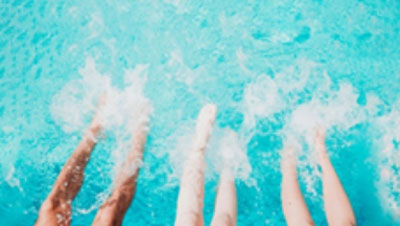The first rays of the sun arrive and warm the garden, the water in the swimming pool sparkles and it would be very tempting to take a swim. Only the water is still fresh!

How to choose the right heating method for your swimming pool?
There are several ways to advance, to extend the swimming period, to benefit from warmer water when the weather conditions are less favorable in season. So, how do you choose the right heating method for your pool? You have to ask yourself the right questions and decide in full knowledge which swimming pool heater best suits the needs, desires and desires of the family.
Solar heating
The choice can be solar heating for swimming pools. Ecological and economical, it can be installed by yourself. But you have to live in a sufficiently sunny area to obtain a convincing result. It is mainly used for above-ground swimming pools.
The electric heater
The electric heater is the ideal solution for second homes. It is easy to install in the technical room of the swimming pool. It quickly raises the temperature of the pool water, but it significantly increases the electricity bill.
Heat exchanger
The choice can be made on the heat exchanger, economical to buy. It connects to the boiler. It can be energy-intensive if the domestic heating installation is inefficient.
The heat pump
Finally, there is the option of the pool heat pump. It is the solution that adapts to all climatic zones. The rise in temperature of one or two degrees per day is linked to the operation of the heat pump in the technical room.
Comparative table of the 4 pool heating modes
In order to facilitate the choice and to know the general characteristics of each pool heating mode, we present a comparative table of the 4 swimming pool heating modes that we have just mentioned.